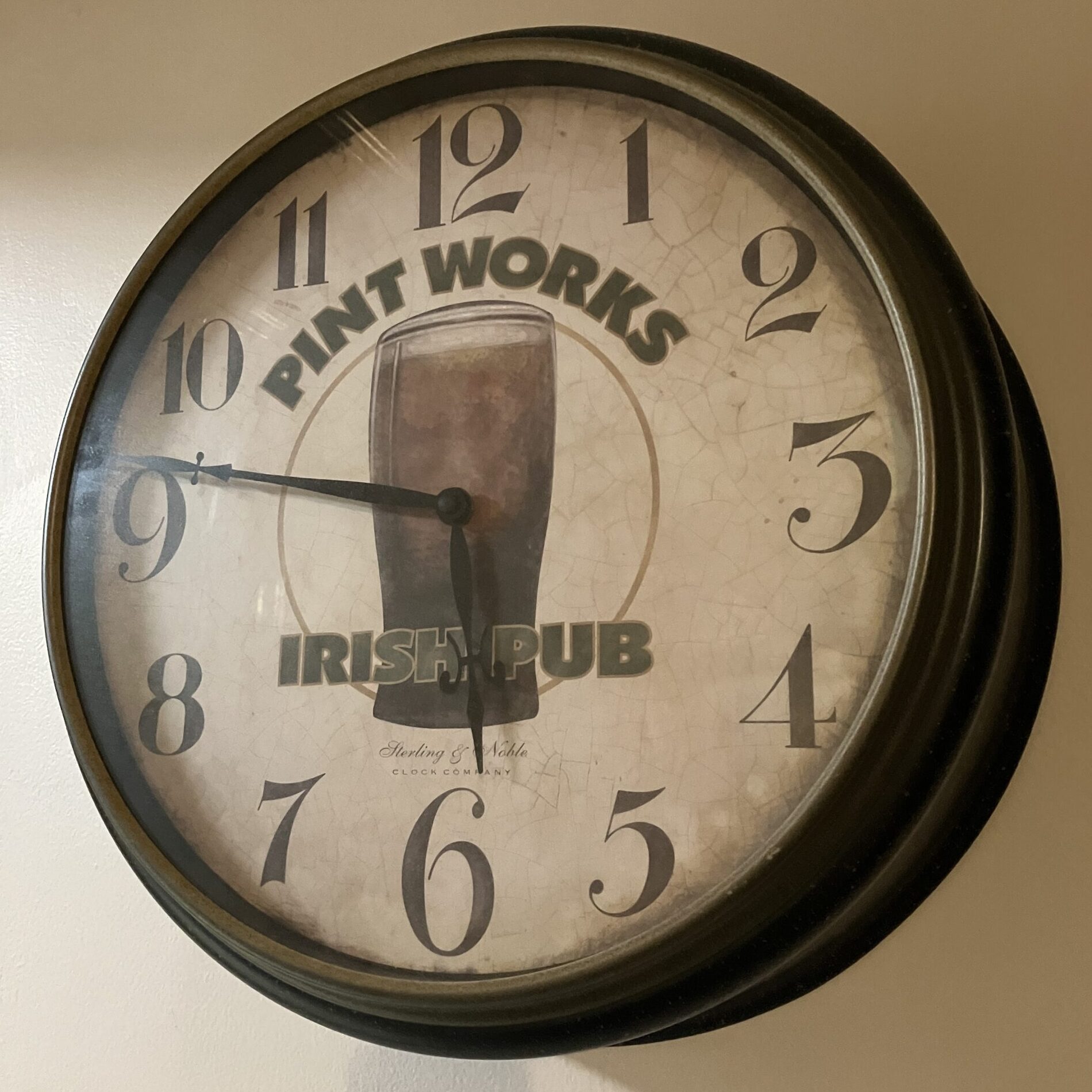
Blades in the Dark is a really cool tabletop RPG with a mechanic I love: progress clocks. I’ve been thinking for a while about how something like this can be used to outline a novel, and so I present to you: the Clock Outline.
Think of your novel as a series of clocks with different numbers of segments: four, six, twelve, you decide. Big clocks, little clocks. Fast and slow clocks. Obvious and secret clocks. Literal countdowns and figurative ones.
Actions your characters take either succeed, or succeed but cause some extra undesirable consequence to happen, or fail and cause harm and new problems (that may create a new clock). Each success or failure will cause a clock segment to be filled in on one or more of the clocks, and the hand of that clock will move closer to midnight.
You have one big clock for each large chunk of plot in the whole book, between 2 and 5 clocks, about 6-12 segments each. These could correspond with acts or sections. You also have many smaller clocks, 4-6 segments each. These could correspond with scenes or chapters, though some clocks will resolve across multiple chapters.
Every clock has a specific label delineating what will happen when it’s completely filled, for example: The Doomsday Weapon Will Be Complete, or Character A Falls In Love With Character B, or Character C Is Murdered. Clocks can involve external or internal consequences, main plots or subplots or side quests, individuals or factions, even character relationships over the course of the story.
Based on what will happen when each clock is filled, consider what kinds of actions might cause this outcome to become more likely. Also consider the ramifications of filling each individual clock segment.
Plotting then becomes a series of questions:
- What is the situation/setup/problem?
- What will your characters do?
- How do antagonistic forces react?
- What happens as a result?
- Which/how many clock segments are filled by this?
You don’t have to decide everything in advance; this method also works if you’re improvising! Create the clocks as you go based on how your story progresses. Fill them in when it feels right. Use them to track rather than plan.
You can physically draw clocks on a paper or whiteboard or similar to track this, and note what happens to fill each clock segment. Big clocks at the top, smaller clocks underneath, or work horizontally if your brain likes it better.
If drawing clocks is too visual, you could think of it as nested lists, or even lay the “clocks” out in spreadsheet columns, or treat it like filling out a planner—year, month, week and day segments breaking down the bigger and smaller plot points.
For those who like to think in tentpoles, these clocks can basically serve as countdowns to when those tentpoles happen. They’re a series of actions, choices, scenes and sequences, that lead inexorably to the next tentpole.
Caveat: as with all writing stuff, this method may not work for you, or for your current project, and that’s okay! Everyone is different and has different needs and preferences. Also: adapt it however you see fit! Use it for some parts and not others, make your own clocks, etc.
To learn more about Blades in the Dark and get your own copy of the rules, visit https://bladesinthedark.com.
And if you want to watch or listen to me and the rest of the Strange Friends crew play Blades in the Dark, head over to speculatesf.com.
